Unhyeongung is the residence of Heungseon Daewongun, the biological father of King Gojong, the 26th king of the Joseon Dynasty.
The building next to the front gate we’ve just passed is called Sujiksa. Inside, we can see many small rooms. The fact that the rooms are rather small and are located just outside of the sleeping quarters let us know that these rooms were for guards are servants. A group of soldiers were gone to guard the Heungseon’s family and this is where they stayed.
The main gate of Unhyeon palace is higher than the tiled walls to the sides, so it is called the lofty gate. The lofty gate was high to represent the pride of noblemen. A sedan chair and a horse could get into the horse through this gate.
Can you guess what this stone is for? It is a block for mounting and dismounting a horse. If a visitor’s social status was lower than the house owner’s social status, the visitor had to dismount his sedan chair or horse. On the other hand, when the higher ranked visitor came, he did not dismount his sedan chair or horse, he just passed this lofty gate.
The first building that we can see is called Noandang. This place was the living quarter of men. The name of this building means ‘live comfortably in one’s old cage’. This is the place were Heungseon Daewongun lived with his son. The building that men stayed in was called Sarangchae and it is separated from women’s quarter and servant’s quarter to comply with Confucian ideologies. Joseon regarded Confucianism as the state ideology. Because this building was for men, there is no kitchen. We can find same stationary item inside. During Joseon dynasty, studying was considered as important thing for women Also, Heungseon Daewongun discussed political issues in this place. Even though, this building was the residence for Heungseon Daewongun the size of building is not that big. Look carefully at the sign board here with the Chinese characters. The person who wrote this was the master calligrapher Jeonghee Kim. Heungseon Daewongun was a student of Jeonghee Kim, so he chose these characters from his teacher’s writing for the board.
Now, I’ll explain about Heungseon Daewongun and same history related to him. Andong Kim’s clan had great power during the 18th and 19th century and they pressured the Emperor and the royal family for about to years. Regent Heungseon hung out with gangsters and laid low so as to not get attention from Andong Kim’s clan. Later his son became Emperor and this helped his family stay out of the influence of the Kim’s clan. When his young son Gojong became king, Heungseon ruled Joseon dynasty on his behalf. Heungseon decided to pursue a policy of pushing foreigners out of Korea. This caused Korea to lag behind other nations interms of modernization. Korea was eventually ciuucred by Japan in 1910.
You have probably noticed that all of the rooms are raised, the main building. Noandang is much higher than this building, but it is also higher than the ground, can you think why? Let’s walls over here while you think about it. Can you see the pot over there? As you know, this pot was for cooking. Surprisingly, this pot has another role beside cooking, It heated the room. The most unique heating system in hanok is called ‘Ondol’ The word Ondol means warm stone. The ondol kept the floor warm so the room became wormer. When people cook same food. The hat air passes through under the floor. Therefore mom could he came warmer. The elders sit inside the room and the young people sit near the door because theirs warmer. It’s eco-riendly because the principle of this heating system is recycling hot air.
Let’s take a look in this area. We’ve already seen the men’s quarters. These were the women’s quarters. These were the women’s quarters. Guest had to pass through a gale, walls through the men’s quarters and through another gate in order to reach the women’s quarters, making it more difficult, and thus giving the women added protection. This is the central and the largest building in Unhyeon place and where Empress Myeongseong, the wife of Emperor Gojong, received lessons to become Empress. The wedding ceremony of Emperor Gojong and Empress Myeongseong was also held here. This building has basically everything the opposite to the sarangchae, the building in an almost square shape to protect the women from people coming in, unlike the men that have a straight layout of building shall we wove?
This gate looks like the other lofty gate, right? Well, it does look the same, but it has an important meaning and story attached to it. The name of this gate is called Deungyongmun, the meaning comes from the Chinese story of how a carp that fights its way upstream against the current jumps and jumps to go back up and eventually jumps up and out and becomes a dragon. The reason why this gate is named after this story is because of another story involving Heungseon Daewongun. As I mentioned before, he used to hand out with gangsters and did things that were not fit for a member of the royal household. One day, he was with some gangsters and was drawn a military official saw him and went and slapped him across the face and said that he should be acting more proper. Later when Heungseon Daewongun became the prince regent he saw this same person again. Now, if this happened to you, and then you became very powerful, would you want to get revenge on this person? What would you do? Well Heungseon Daewongun saw him again at this place and asked him now that I am the prince regent, would you dare stop me again? And the official replied. “If you get drink and act like a fool again, of course I will do that again”! Instead of getting angry, Heungseon Daewongun realised that this person loved the royal family and was very loyal so he promoted him so we sometimes say that if you walk through this gale when you leaven you can get a promotion.
Okay, This building here is called ‘Yirodang’. It means two people living in their old age. This building was built much more recently than the other buildings because it was built after the marriage of Emperor Gojong and Empress 명성. Regent Heungseon’s family could not use Norakdang, the building that we’ve visited right before this. You may wonder why Heungseon’s family couldn’t use original arehae after the marriage of his son. It is because his son became Emperor, and according to Korean traditional law, no one could use the place where the Emperor has stayed and slept. So, this building was built as another women’s quarter. This building was for Heungseon Daewongun’s wife. The layout of this building is similar with ‘ㅁ’. It was to present men from entering women’s residence easily. It is located in the deepest place in this palace.
This area is Daecheong maru. Hanok is designed to be cool in summer and warmer in winter. Daecheong is a wooden floor hall. It is like natural air-conditioning which is the most open space in Hanok.
Let’s all have a look at this thing here. Can anyone guess what it was? It was a kind of pond. It was once filed with water and had many beautiful lotuses in it Heungseon Daewongun might have sat in that building and appreciated the beauty or wrote poetry. Heungseon Daewongun used the water for when he drew orchids and as an emergency source of water to put out any fires.
If you come here we can see a kind of stand. Can anyone guess what was on this in t he past? It was a sundial. Sundial is an equipment to help people of Joseon. Since Joseon was the country of agriculture, Knowing the time of the day was very important. Not only time, this clock also informed seasonal changes. This was invented by Yeongsil Jang in King Sejong era. Yeongsil Jang invented many other inventions. People’s lives became much comfortable by the inventions of Yeongsil Jang.
Can you see the building over there? Where does everything think it comes from? I mean the style, it isn’t Korean architecture. It looks like European but it was actually built by Japanese in 1911~1912 for the grand son of Heungseon Daewongun. So why do you think that the Japanese would need to use a huge house overlooking the palace where Heungseon Daewongun lived? Well, it was because they could watch the people in the place and spy on the royal family. Now it belongs to Duksung women’s University. That place is also famous for filming site of Korea Drama called ‘Goblin’.
This stone here is a monument for a tree, ot any tree but king Gojong’s childhood favorite pine tree. It was felled by a lightning strine during King Gojong’s rule. This monument was made to commemorate this tree. It might seem silly to you, but Koreans believed everything had its own spirit and therefore treated them with love and manners. Now, we will stop by a small museum inside the palace. It exhibits some items relating the palace.
This is a small museum. It’s a building that was built to understand the value of Unhyeon palace and its artifacts associated with Heungseon Daewongun and the trends of the late period of Joseon Dynasty. The relics that are displayed here currently are actually replicas and the actual relics are kept and displayed in Seoul museum of history. So, shall we go inside and look around?
These are called the four friends of study or sometimes the four treasures of study. What are the four friends? They are the brush, ink, paper and ink stone. These 4 items were so important for the noble class of men to use to continually study. So noblemen kept these 4 always near them.
The two people in front of you is king Gojong and Queen Min. Isn’t their clothes are very fancy? The clothes they are wearing is the most elaborate royal costume work by queens and kings. So I have been talking about Gojong and Queen Min quite a lot but have not really explained joho they were. Let me first start with Gojong. He was the 26th King of the Joseon Dynasty. Gojong became King of the age of 12 because King Cheoljong passed away in the early age so did not have any sons. In 1897, he changed the home of the counter to DaehanJeguk and called himself emperor.
Now, I’ll also tell you about Queen Min who was also known as Empress Myeongseong. She was the wife of king Gojong. She played an active part in politics and online Heungseon Daewongun planned to modernize Korea, she tried to have a close relationship with Russia. However, the Japanese didn’t like that idea so they murdered Queen Min and burned her body. This is a real tragedy in Korean modern history.
In 1876, Joseon opened about and eventually became Colony of Japan. To make Joseon as their colony, Japanese constantly invaded and forced Joseon to sign at unfair contract. In the late period of Joseon, many social changes were occurred, including the collapse of the social status system, the differentiation of the commoners class, the decline of the noble class and politics of external potere. Also because of excessive exploitations of officials. Commoners because poor so there were movement of resistance for a long time, countrywide.
This is a stone that was made by Heungseon Daewongun announcing that foreigners should leave Korea and that Korea would not be joining any treaties or trade agreement. It said for the people to rise up against the foreigners and not to treat them nicely. Now, let’s move to outside.
Okay, so this is the final place that I’m gonna explain to you in this palace. If you look carefully of this wall, you can see some patterns. Each one is a little diefacut right? They are actually Chinese characters built into the wall. They mean “on an eternal and shiny spring day have a long and healthy life with good fortune, may all this last forever. This is the end of this palace.
Now, let’s move to Bukchon. Bukchon refers to the upper town of Jongro and cheonggecheon strema. In the early days of Joseon Dynasty, the northern and southern towns of the area were called ‘Bukchon’ and ‘Numchon’ respectively. Now, Bukchon is one of the most famous tourist spots in Seoul. Because, it is home to about 1000 hanoks that represent the traditional beauty of Korean. Guess who lived in there knows? In the Joseon Dynasty, royal and upper class families lived here, as Bukchon was near two palaces. There are ‘Eight Scenic Views’. The best photo spots with beautiful scenery in Bukchon. Today, I will focus on these eight spots. Before starting, please keep in mind that people still live in these haudks. Please do not make noise in the alleys. Shall we move?
This is the first spot among the Eight scenic views of Bukchon that you should not miss. At this stop. We can see Changdeok palace over the stone wall. This palace was the place where Kings stayed for the longest period of time. It was added to the UNESCO’s world cultural heritage list in 1997. It is the only Joseon palace that was added to the list. In the past, king tried to show off their power by building magnificent palaces. Buildings of Gyeongbok palace. The first palace of Joseon were also built symmetrically. In comparison, Changdeok palace was harmonized with its natural setting, as the terrain was preserved during the construction. Its original form has been best preserved among Joseon palaces. So it became the first Korean palace designated as the world cultural heritage. Kings loved this palace, as it had a large garden that separated private and official areas, compared with Gyeongbok palace was two spaces were die together. It is said that most living in the early been Dynasty preferred this palace to Gyeongbok palace. Now, let’s were to went spot.
I’ve mentioned that because Bukchon was located between two palaces. Bukchon was home to upper class families. But lower class people also lived here. Wonseodong refers to the western town of Back garden of Changdeok palace. Low-ranking officials and lower class people lived here for generations. This is why Gongbang-gil alley has a rustic atmosphere with small and old hanoks, old shops and craft workshops. At the middle of the alley is the institute of Korean royal cuisine of the Joseon Dynasty. The royal cuisine is so historically valuable that it has been deing-natal as an important intangible cultural heritage. The institute was established by thaw-tlye-seong who succeded the last chief cuisine court lady of Joseon. The royal cuisine that appeared in the famous Korea drama called ‘Daejanggeum’ was all prepared in here. At the end of the alley is ‘Wonseodong wishing place”. Were you can imagine the lived of ordinary people who did te lyndry here clean water still flosas from where it meets the wall of Changdeok palace.
This facility was used for predicting weather and checking constallations. People used to observe the shy and stars were, and the Korean rain gauge, the water dock and the sun dial were invented here. In the early Joseon, it was called Seounkwan, but its name was changed into Gwansanggam after King Sejong. It played the similar role of the national weather service of that time.
Jungang high school was established for the enlightenment of Korean students in 1908. Kim Seongsu became the principal in this and moved the school into this site. Under the Japanese rule, this school was active for anti-Japanese movements during 3.1 movement, 6.10 movement and Gwangju students movement. In 1922, Jo cheolho one of the leaders in this school original Joseon Youth army which became Boy scouts in Korea. This place is also famous as the filming site of Korean drama ‘winter sonata’.
Okay, so the place we are standing right now is 3rd view of Bukchon. Bukchon 3rd view is a hanok alley with hanoks on each side of a narrow alley. You cannot see inside most hanoks, as there are people living there. But, there are many famous museums and craft workshops where you can go inside and join experience programs with a small admission fee. Why are there is many traditional craft workshops in Bukchon? As hanoks began to disappear from the village due to development project since the late 1960s, the government implemental a policy to preserve hanok in the 1980s. Also, there were movements to preserve traditional culture. So the city of Seoul purchased hanok in the village. While Bukchon cultural center shows the traditional form of hanok. Hanoks here facture a modern-style hanok structure of the 1930s when a lot of small hanoks were built simultaneously. Most craft workshops have preserved their original form, so you can guess what people’s lies were like in the past. Let’s move to other spot.
Please follow me, Hanoks in Bukchon look slightly different from typical hanoks. Then what is the difference? At the fourth spot which is on the hill at 31st Gahoedong, you can see the largest cluster of hanoks in the village. Can you see them over the wall? You will discover a sea of hanok roofs covering the hill in soft curves. This is one of the greatest hanok views in the village. Among multiple roofs, one house will stand out. It is the house of Yi-gungu. luxury western-style house wish a blue roof Yi’s family used granite brought from Gyeiseong. Currently a southern city in 100sth Korean, and files from Treme for the wall sard roofs. The Yi’s family apparently spared no expense on their expensive materials. You can guess to hat it was like to live as the rich in the Joseon era through the house of Gyeonggu Lee. On your way down to Bukchon 5th view. You will see a tall- locust tree. In the East, locust trees have symbolized scholars. The tree was loven by upper class families as it was believe that if you plant this tree, science in your family would be scholar.
This is the site of Unhyeong Yeo’s house. He was both politician and a fighter for independence. When he moved to China in 1918. he created a organization for independence and was even sent to Paris to represent Korea. He was caught by the police during an anti-Japanese movement between Soviet Union and China. And he spent thre years in till. When Japan finally announced its surrender in the pacific war 1n 1945, he formed the Korean council for the preparation of Construction of the Joseon Dynasty and prepared to establish a government. Also he led a joint movement for unification and uisited Pyeongyang for talk with Ilseong Kim.
This is the ouse where demonstrators gathered to discuss the uprising during the run-up to the declaration of independence and the initial preparation of the March 1st movement. Kim Seongsu, the owner of the former Jungang high school, was living in this house. He was appointed as the second vice president in 1951 but resigned in May the following year in opposition to the dictator ship of Swangman Ree.
This is the house of person called ‘Yongun Han’. The was one of the famous Buddhist fighter for independence in the Japanese occupation. During the march 1st movement, he was one of the representatives of the Korean people and was caught by the Japanese polica. Even through he was caught by the polica and spent time in jail, maintained a dignified appearance. Unfortunately, he passed away in 1944, just one year before the liberation.
A final gathering for preparing 3.1 movement in 1919 was held here. This was Son, Byeonghee’s house site. A lot of sites including these house sites are abandoned. In the difference of government. We should hand these sites over our descendants care fully and make them think about our history property the was the third leader of Donghak. Eastern study which was made against western study like Catholic and also one of the leaders of 3.1 movement he was imprisoned in Seodaemun prison after involving this movement.
This is the house of person called ‘Boseon Yun’. Boseon Yun was the fourth president of republic of Korea. He was inaugo-rated right after 4.19 revolution. He was resigned after 5.16 military coup. His father bought this house in 110. We can see the change of the building’s structure of late Joseon. Forever oloher was park-Younghyo He was the son in law of King Cheoljong. The got this house from king Gojong because he was one of members in the royal family. The was influenced by his neighbors. Gyusu Park got interested in Joseon’s enlightenment. So he was participated in the Gapsin coup of 1884. This house is well-preserved as the original style of Bukchon. We can see the architecture of 대한 empire and the process of changes in it. This was also the birth place of the first opposition party of Korean in politics.
Here, you can see how hanoks in Bukchon are different from traditional hanoks. Take a look at the hanoks along the alley. You will see that many of them have a wall of fived siced stones with a re d pattern on it. Some of them have windows made of glass indeed of Korean parts and wood shutters on them. Don’t they look too small for upper class families in the past? Most of them were actually built in the 1930s. Back then, the upper class began to collapse, as the power of the Joseon royal family weakened gradually. So they fuard it difficult to maintain in large hanok. At the same time, people needed more houses due to growth in population in Seoul during the industrialization period so private construction firms began to remove large hanoks and build smaller one and leased them to common one. This is why hanoks in Bukchon are similar in size or shape. Although they have a modern vibe, with its new materials tile glass and ceramic tiles they have a traditional Structure with the building surroundingly ara.
Having followed a row of hanoks on both sides, look back once you reach the top of the hill. You will see a view of downtown Seoul filled with skyscrapers beyond the hanok roofs. You can also see Namsan mountain with N Seoul Tower. The observatory on the mountain attracts people who want to enjoy a view of the Seoul city.
Bukchon 7th view is the hanok alley to the right of the 6th view. It looks as if the hanok roofs touch each other across the alley. As it is gently curved to the left. You will see many flower beds at the beds of the stone walls.
On your way going to Bukchon 8th view, you can find the stone sign of Maeongsaseong’s house. Maeongsaseong served as Jeongseung or prime minster of today, in the early 1400s. He was known as man of integrity. He also taught living Sejong who created the Korean alphabet.
Bukchon 9th view is a flight of stone steps that lead to Samcheongdong. Let’s go down the steps. These stairs are of a modern style to the middle paint, and them the style changes. These low steps are carved out of a single piece of bedrock. Why not walk up and down the steps to feel the charm of the alley?
Jeongdok library, which opened its door in 1977, is at the center of the village where road of Bukchon and samcheongdong meet together. Actually, this was the site of Simun Seong and Mugyun Kim‘s house. Simun Seong was a famous scholar. He tried to restore King Danjong to the throte but he failed and was hilled by king Sejo. Okgyun Kim was a scholar for Joseon’s rapid enlightenment He planned a coup for Josen’s independence and enlightenment. It was failed but was the first attempt to modernize Korea. Here was also the birth place of western-styled secondary education in Korea. In1900, emperor Gojong ordered to found the first public seconding school.





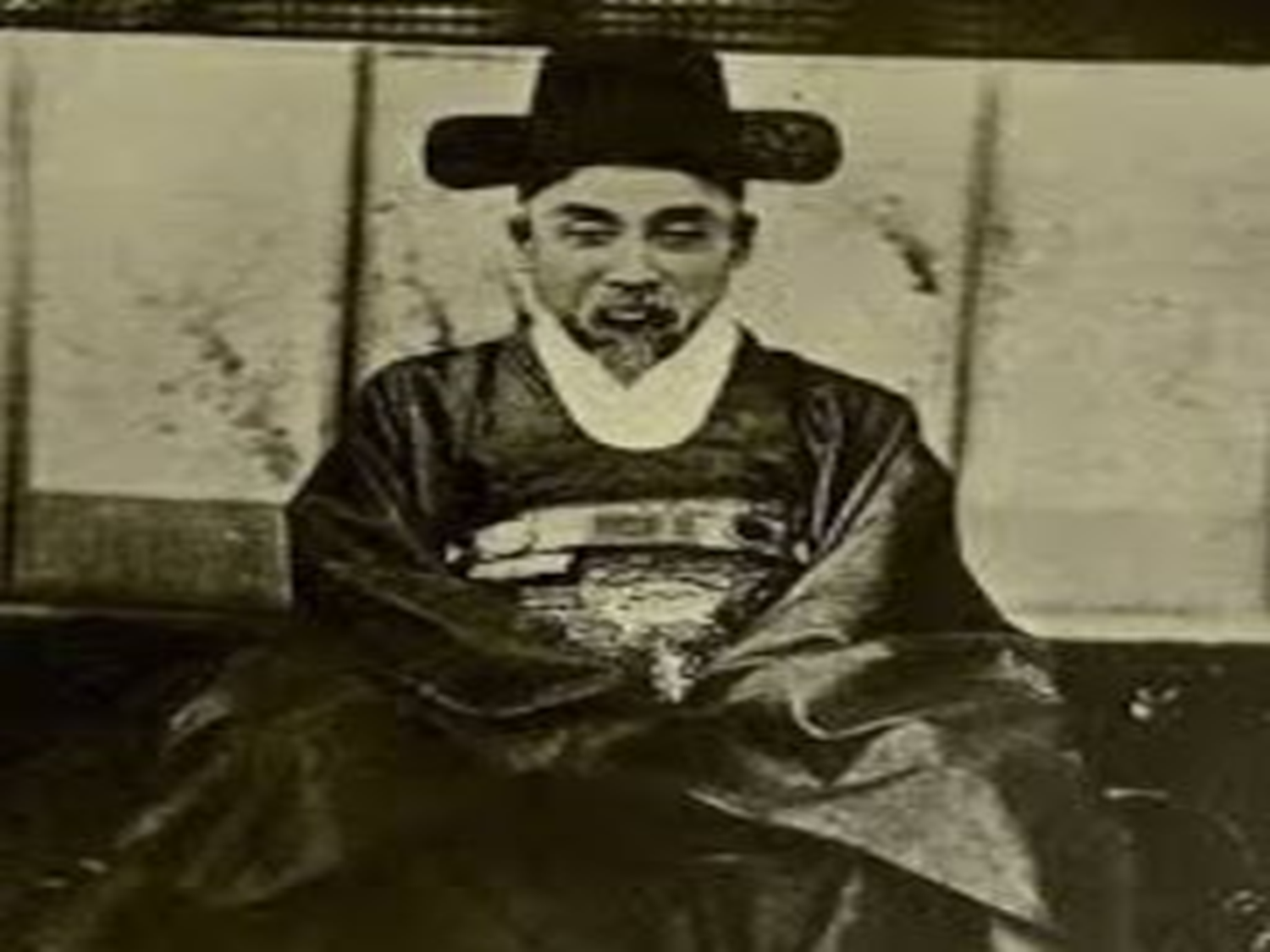



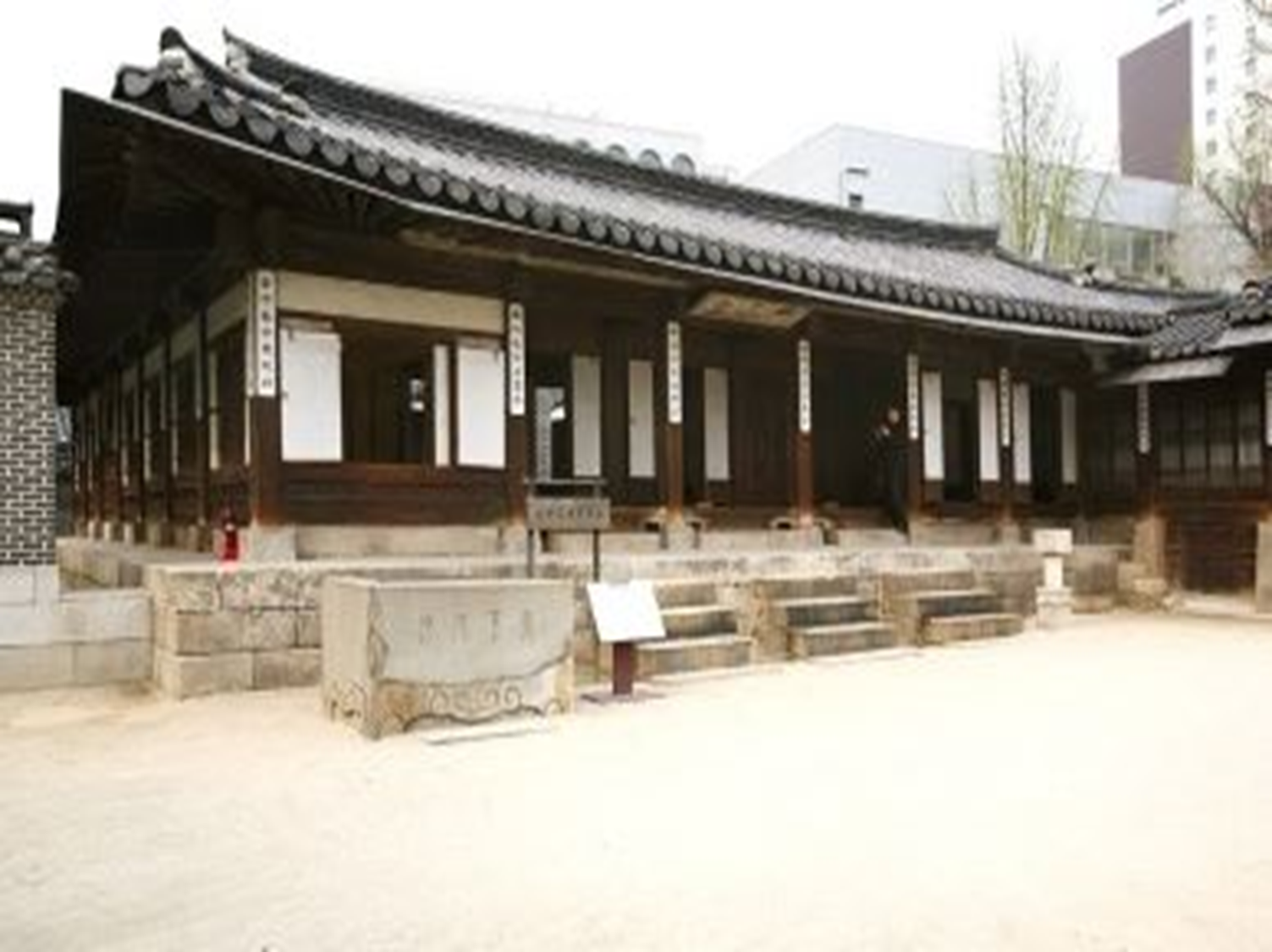

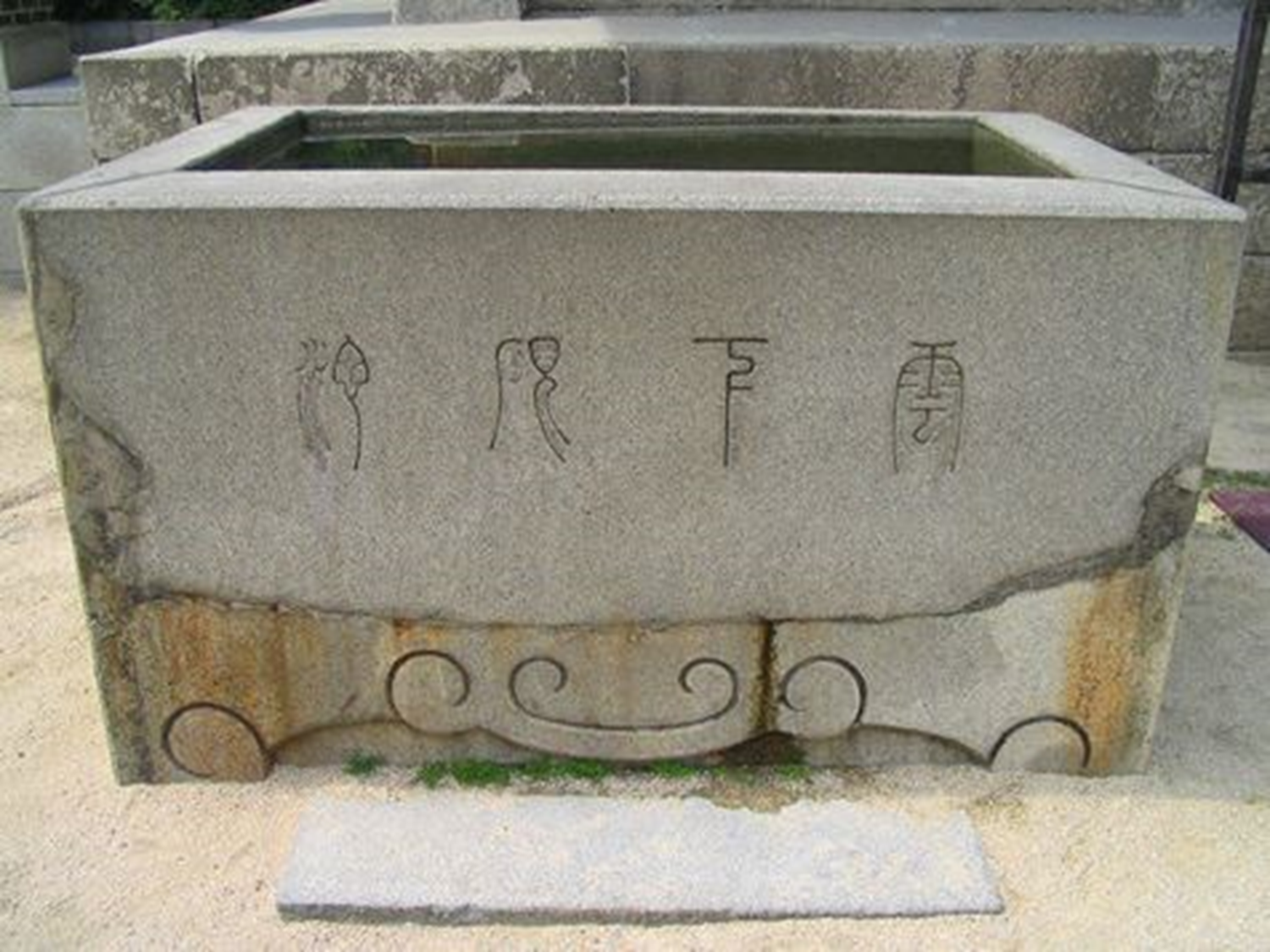












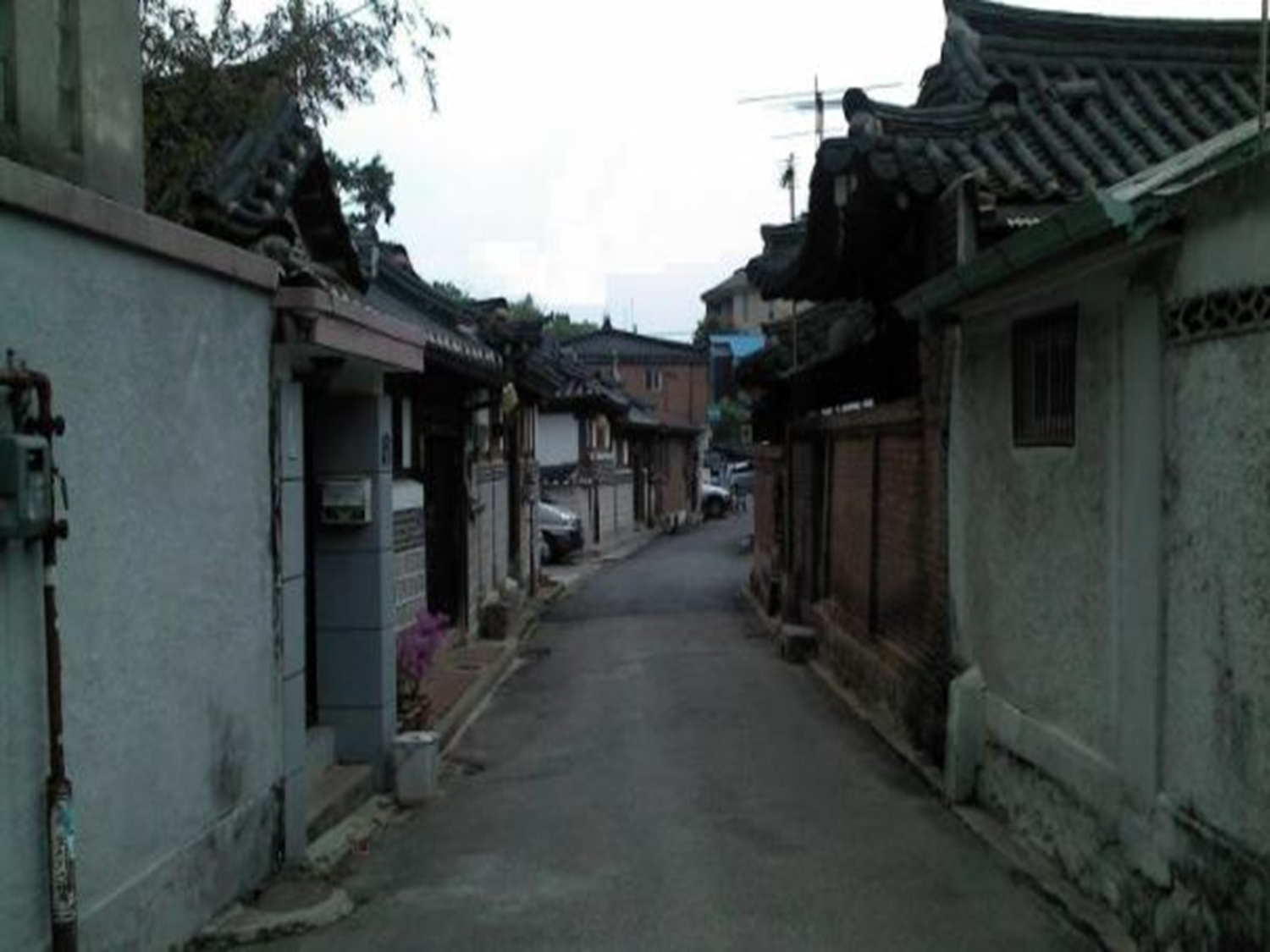







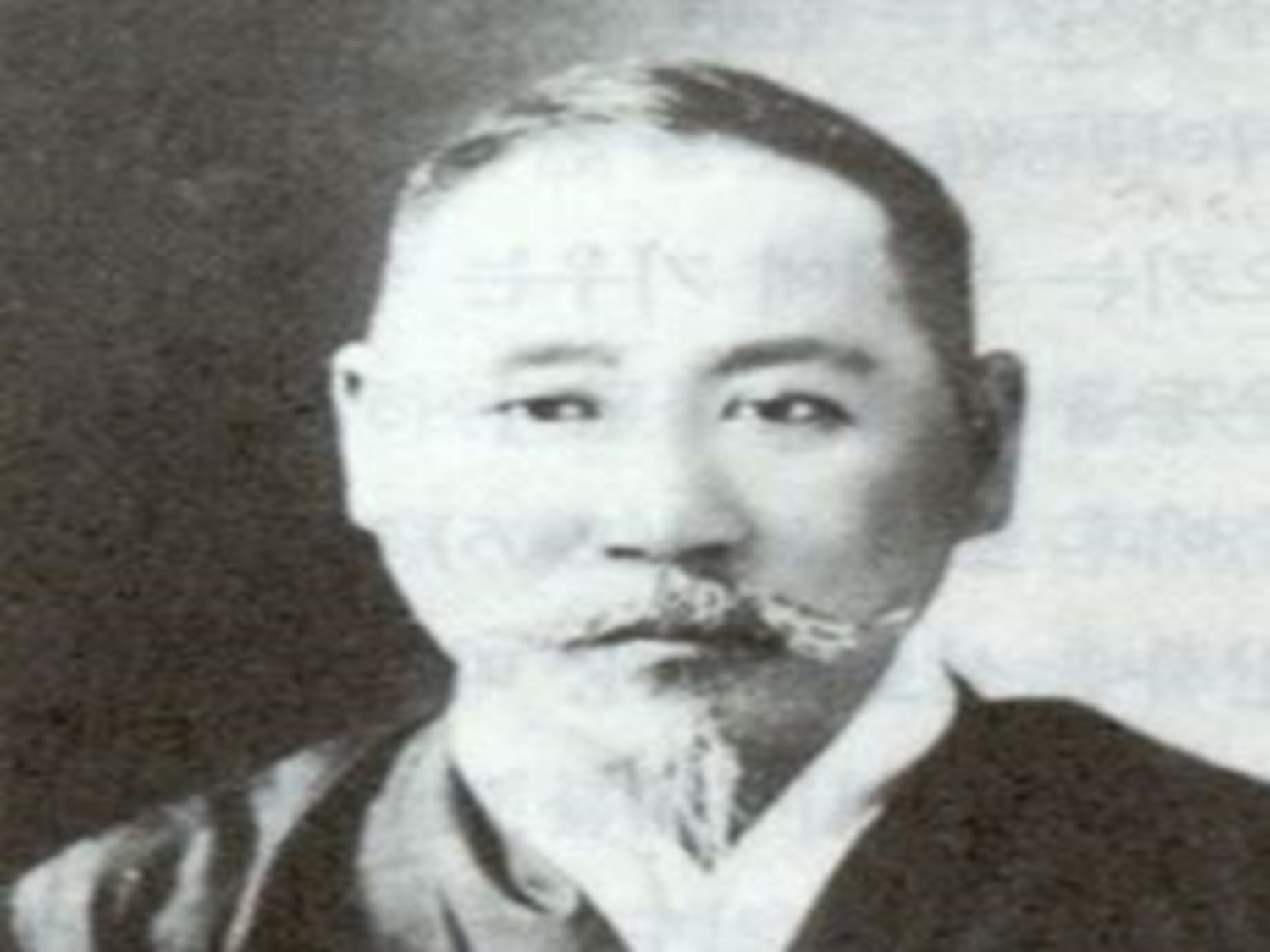

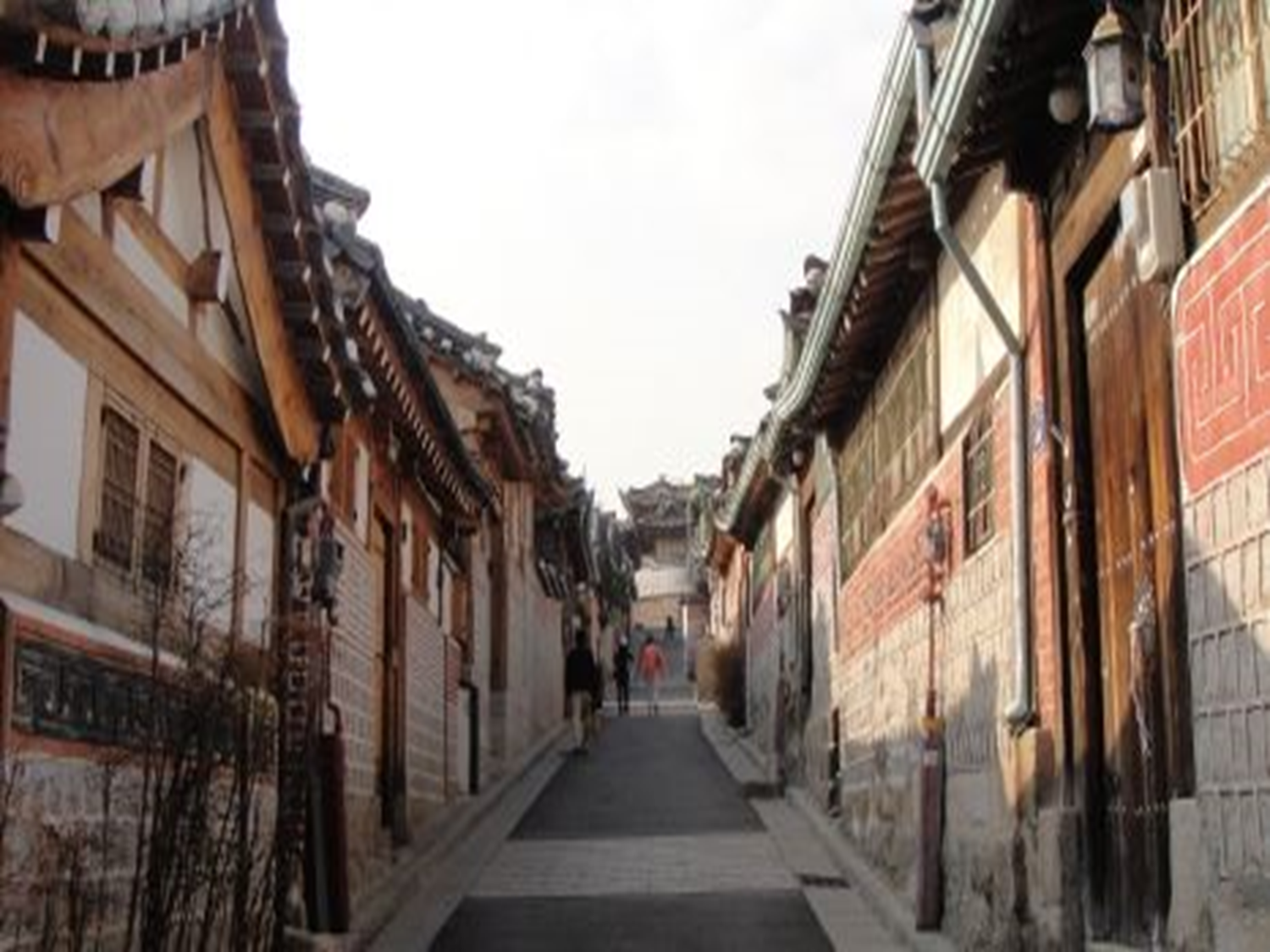





Comments
Post a Comment